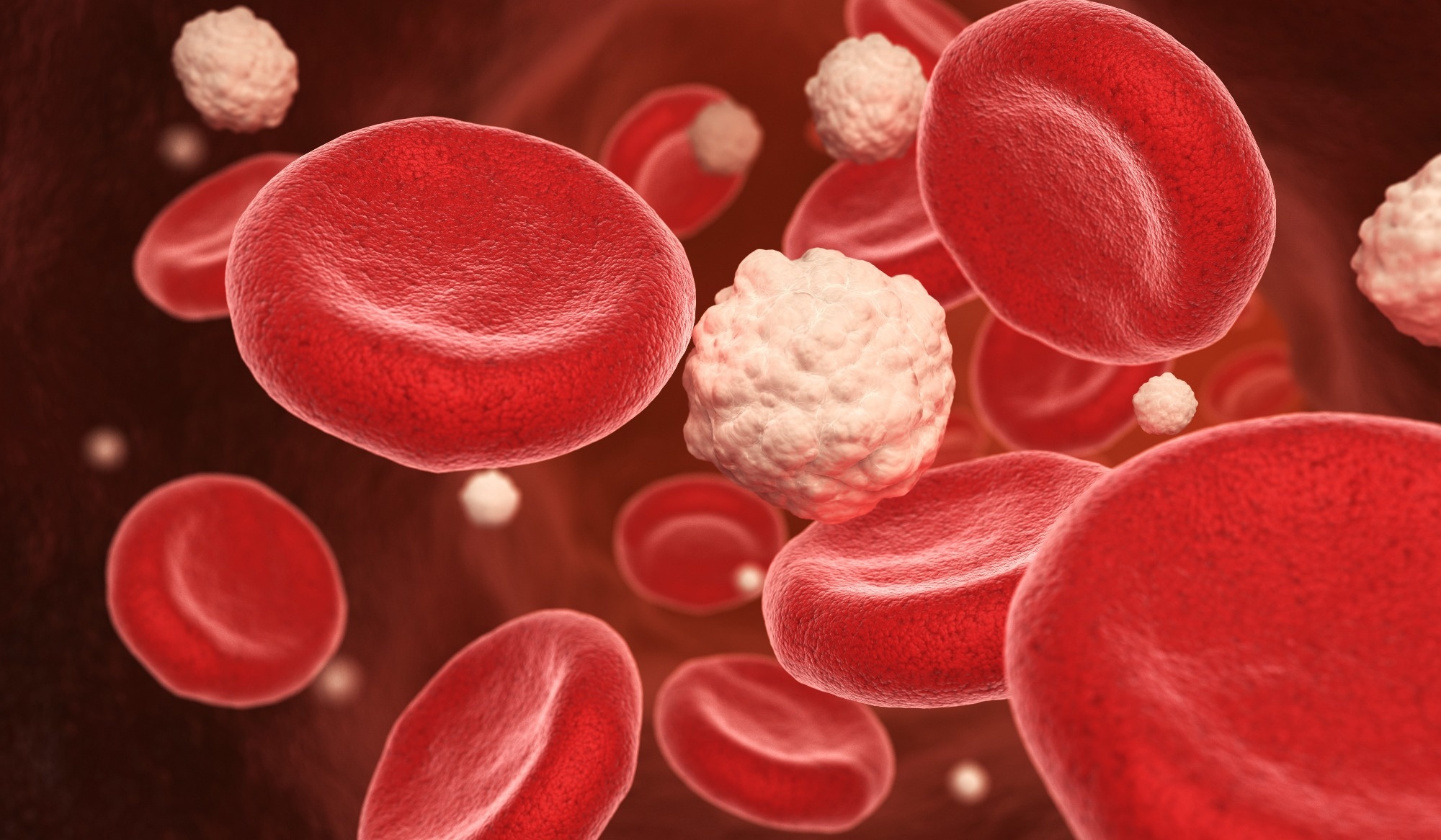Genetic factors are determinants of glucose homeostasis and susceptibility to type 2 diabetes (T2D). GWASs for glycemic traits in non-diabetic individuals have revealed predictors of insulin, glucose, and other responses after glucose challenge tests or during fasting. However, glucose regulation encompasses responses to diverse stimuli omitted in these studies.
In research and clinical practice, blood glucose is often estimated at various times throughout the day. Although intrinsically more variable than standardized measures, the study team reasoned that RG would more comprehensively represent the complex glucoregulatory processes across organ systems.
 Study: GWAS of random glucose in 476,326 individuals provide insights into diabetes pathophysiology, complications and treatment stratification. Tatiana Shepeleva / Shutterstock
Study: GWAS of random glucose in 476,326 individuals provide insights into diabetes pathophysiology, complications and treatment stratification. Tatiana Shepeleva / Shutterstock
The study and findings
In the present study, researchers performed a GWAS meta-analysis of RG in 476,326 non-diabetic subjects of European and other ancestries. Analyses were adjusted for sex, age, and time since the last meal. Individuals with diabetes or hyperglycemia were excluded. Covariates were selected after phenotype modeling.
The team observed 150 distinct signals through conditional analysis with genome-wide significance within 120 loci. Of these, 53 signals were reported for the first time for glycemic traits. Various signals identified in subjects of European ancestry had nominal significance in people of other ancestries. The team observed overlapping of two-thirds of RG signals with T2D-related loci.
Notably, sex dimorphism was discovered at 13 RG loci. The lead variants at three previously reported FG loci (thyroid adenoma associated [THADA], Ras responsive element binding 1 [RREB1], and Tet methylcytosine dioxygenase 2 [TET2]) and two new RG loci (N-myristolytransferase 1 [NMT1] and regulatory factor X1 [RFX1]) were common coding variants (minor allele frequency [MAF] ≥ 5%).
Besides, lead RG-associated single nucleotide polymorphisms (SNPs) at three other loci (endoplasmic reticulum degradation enhancing α-mannosidase like protein 3 [EDEM3], neuronal differentiation 1 [NEUROD1], and glucagon-like peptide 1 receptor [GLP1R]) were low-frequency coding variants (MAF – 1% to < 5%). In addition, 30 RG loci were detected in the rare frequency range (MAF – 0.001% to < 1%).
Next, the team prioritized GLP1R, a treatment target for T2D, for functional analysis. RG data were used to validate an experimental framework to predict responses to GLP-1R agonists. The functional impact of the lead missense variant at rs10305492 (A316T) within GLP1R that had a strong RG-lowering effect and 16 other GLP1R coding variants was tested by measuring the GLP-1-induced recruitment of mini-G proteins in cells expressing wildtype or variant GLP-1R.
The researchers noted that mini-Gs coupling efficiency was predictive of the RG effect of the variants, linking experimentally determined function of GLP-1R to blood glucose homeostasis. In addition, complementary functional annotation analyses were undertaken to identify other tissue and cell types with etiological roles in glucose metabolism.
The colon, ileum, cartilage, adrenal glands, pancreas, and adrenal cortex were highlighted by data-driven expression prioritized integration for complex traits (DEPICT) analysis. Similarly, cell type expression-specific integration for complex traits (CELLECT) analysis highlighted pancreatic cell types and intestinal tissue. RG variants were particularly associated with enriched expression in pancreatic polypeptide cells, exceeding the conventionally implicated insulin-secreting β cells.
The researchers assessed the overlap between signals identified in the current analysis and those from the largest GWAS on the gut microbiome. They identified two genera (Collinsella and Lachnospiraceae-FCS020) sharing signals with RG at one locus (ABO-FUT2), whose effects on RG could be mediated by the abundance of these genera, producing glucose from galactose and lactose. This multi-omics annotation revealed substantial evidence for associations between RG variants and intestinal health.
Finally, the researchers assessed the genetic correlations of RG with other phenotypes to estimate the shared genetic contribution using linkage-disequilibrium (LD) score regression analyses. There were positive genetic correlations of RG with squamous cell lung cancer and lung cancer and inverse correlations with lung function-associated traits, such as forced expiratory volume in one second (FEV1) and forced vital capacity (FVC).
Bidirectional Mendelian randomization (MR) indicated a causal effect of T2D and RG on lung function but not vice versa. A sedentary lifestyle and smoking reduced lung function, independent of T2D and RG effects. Multivariable MR revealed that the causal effects of T2D and RG on FVC were independent of leisure screen time and cigarettes smoked per day. These data confirmed the causal effect of glycemic dysregulation on lung function decline as a new diabetes complication.
Conclusions
In sum, the study revealed 44 additional loci associated with glycemic traits. The functional characterization of GLP1R coding variants validated its role in regulating blood glucose. The analyses uncovered underexplored mediators of glycemic regulation, underscoring the intestine's role. The causal effect of RG and T2D on lung function was demonstrated through MR. The findings highlight the utility of the current approach to corroborate results from observational studies and elevate lung dysfunction as a new diabetes complication.